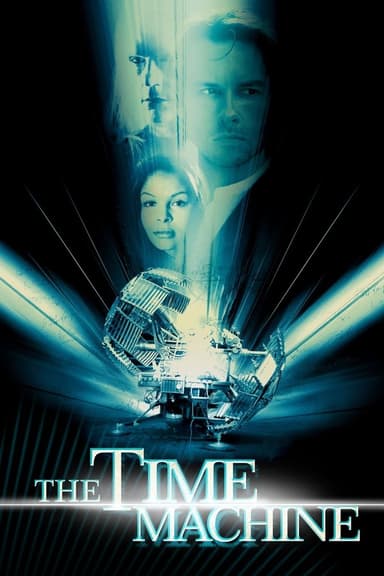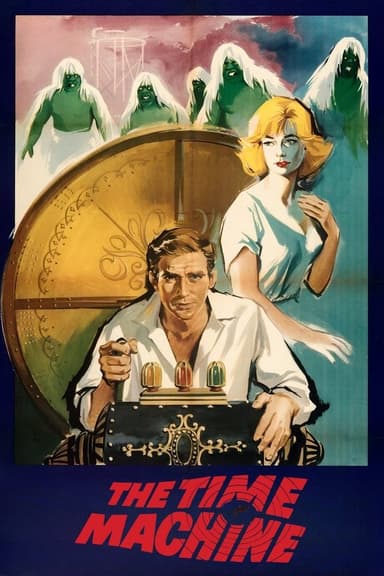
The Invisible Man
2020 • Horror, Science Fiction, Thriller • R
When Cecilia's abusive ex takes his own life and leaves her his fortune, she suspects his death was a hoax. As a series of coincidences turn lethal, Cecilia works to prove that she is being hunted by someone nobody can see.
Runtime: 2h 4m
Why you should read the novel
If you’re intrigued by the concept of invisibility and its consequences, reading H. G. Wells’ classic novel offers a deeper philosophical exploration than any film adaptation. In the book, you’re invited to experience the origin of Griffin, the mysterious scientist whose turn to invisibility exposes the dark potential lurking in unchecked ambition. Wells’ original narrative brims with Victorian societal anxieties, cleverly weaving themes of power, alienation, and the cost of isolation into an enthralling science fiction tale. Immerse yourself in the vivid language and imaginative world-building that made The Invisible Man a timeless staple of literature.
The novel’s pace and structure unravel Griffin’s motivations and descent into madness, engaging the reader’s empathy and horror simultaneously. You’ll uncover the nuanced relationships between the invisible protagonist and those around him—shining a light on society’s reaction to the unfamiliar and unknown. Wells’ keen insights into human nature make his work far more than a simple tale of horror; it’s a thoughtful commentary on the dangers of ego and the misuse of scientific discovery.
Choosing to read The Invisible Man not only provides the satisfaction of engaging directly with a literary classic, but also sharpens your understanding of the story’s profound influence on countless movies and adaptations, including the 2020 reinvention. Pick up Wells’ novel for a richer, more thought-provoking experience than any modern update could deliver.
Adaptation differences
The 2020 adaptation drastically reimagines the story’s focus and characters. While Wells’ novel follows the descent into madness of Griffin, a scientist whose invisibility leads him down a path of violence and alienation, the film centers on Cecilia Kass, a woman escaping an abusive relationship with a wealthy optics engineer who becomes 'invisible' to torment her. Unlike the book, which explores the invisible man’s psychological unraveling and antagonism towards society, the movie shifts perspective to a victim’s experience of trauma and gaslighting—transforming the villain into the abuser rather than the protagonist.
One major change lies in the scientific explanation and tone. Wells’ Griffin invents a chemical process to alter his own body, highlighting Victorian era concerns about unchecked science, while the 2020 film employs advanced optics and a high-tech suit, reflecting modern anxieties about surveillance and technological control. This update grounds the horror in plausible technology, shifting away from the fantastical for a more grounded and tense atmosphere.
The themes are notably different as well. Wells’ original is a commentary on isolation, the abuse of power, and social ostracism, delving into the invisible man’s internal struggles and moral decay. In contrast, the 2020 adaptation uses invisibility as a metaphor for the insidiousness and disbelief faced by victims of domestic abuse, focusing on Cecilia’s battle for survival and credibility as friends and authorities doubt her experiences. This shift results in a more personal, character-driven narrative with a strong emphasis on empowerment and resilience.
Finally, the endings diverge significantly: Wells’ novel ends with Griffin hunted and undone by his own hubris, emphasizing the consequences of moral detachment. The film, however, concludes with Cecilia reclaiming her agency and turning the tables on her tormentor, offering a cathartic sense of justice. This modern reinterpretation reflects current social conversations about abuse and accountability—demonstrating how the core concept of invisibility can be adapted to explore vastly different themes and perspectives.
The Invisible Man inspired from
The Invisible Man
by H. G. Wells




